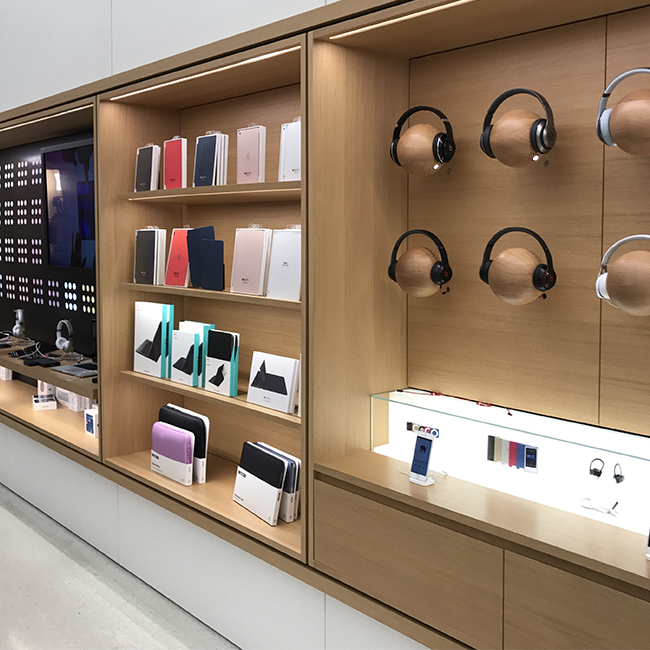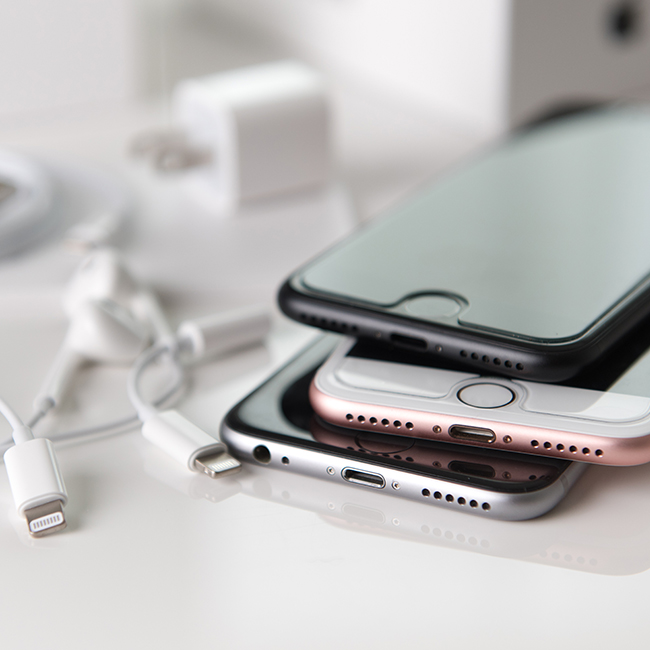This is an archived article and the information in the story may be outdated. Please check the time stamp on the story to see when it was updated last.
iPhone accessories are a dime a dozen at this point. And with so many chargers, cases, power banks, stands, and so much more from which to choose, you may be wondering which accessories are actually worth your money. While your accessory choices are personal, there is one thing that is universal: there’s a specific accessory that many tech experts say can ruin your phone. Before you get hung up on making purchases that you think will save you money in the long run, keep in mind that this is the one accessory that is bad for your iPhone.


Using An Off-Brand Charger
There’s one thing that you do every single day with your iPhone that requires an accessory that could actually be damaging it.
“No, I'm not talking about texting on it or checking Facebook on it or scrolling through emails on it,” Says Tech Expert Eric Florence at Security Tech. “Charging your phone is something you are required to do - often - with your iPhone. It has to be done otherwise there is no iPhone. But unfortunately it seems that Apple prices their chargers at an unreasonable fee so people look elsewhere for knock-off, second-hand chargers to get the job done. That is a huge mistake.”

There are far too many iPhone chargers on the market that are actually bad for your Apple product, Florence says. “In fact, there are more and more instances of cheap iPhone chargers doing damage to the devices, causing them to not charge correctly and wasting your money in the process,” Florence says. “The best way to avoid this? Look for accessories that have MFi certification. That's a program that Apple started way back in 2005, ensuring that any product with MFi certification would be able to work properly with Apple devices.”

Miranda Yan, co-founder of VinPit, says another problem is the wireless charger.
“As a battery charges, the positive electrode gives off lithium ions that move to the negative electrode and are stored as energy,” Yan explains. “As the battery discharges, those ions move back to the positive electrode to be used as electricity. As those lithium ions move back and forth, the electrolyte that acts as the transport medium degrades over time. The problem with wireless charging is that the magnetic inductive coils used for wireless charging continue to use the lithium-ion battery to power the device as it’s on the pad.”

In contrast, Yan says, a charging cord takes over that responsibility. “A wireless charger is less efficient; on the other hand, repeated charges don't allow the battery to rest, which is enough to degrade battery life drastically,” Yan says,. “If you expect the phone to run efficiently for at least 3 to 5 years, it will come down to 2 to 3 when on wireless charging. Also, wireless chargers are very slow and not up to to the point compared to wired chargers. It is always better to use the Inbox charger given with the iPhone or purchase Apple's certified micro USB chargers to make your iPhone live longer.”


























